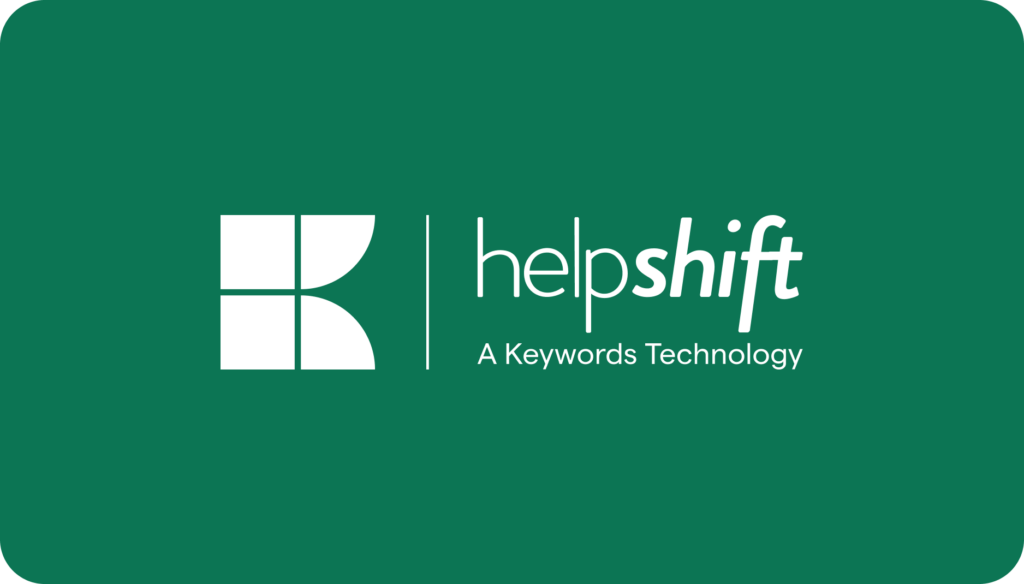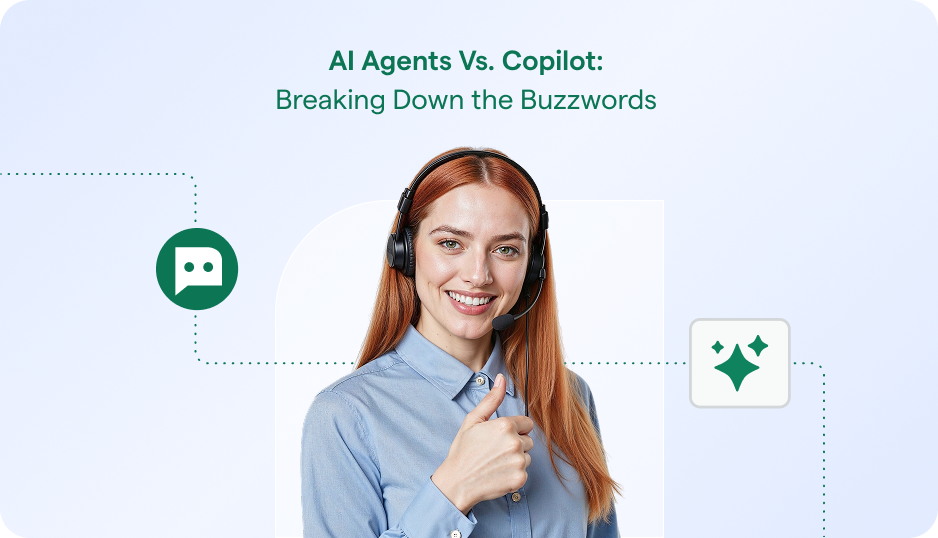Understanding the fundamentals of customer retention and loyalty is critical. Customers have more choices than ever before, so companies need to take customer satisfaction seriously if they want to build up a loyal following.
What is Customer Retention?
Customer Retention refers to the steps an organization takes to get existing customers to continue doing business with the company. To win at customer retention, brands also have to consider customer loyalty – achieved by creating a relationship with customers on a human level – and customer experience, which relates to designing a pleasant, easy, and frictionless user experience for customers.
Why is Customer Retention Important for Business?
Experts estimate that enlisting a new customer is between 5 and 25 times more expensive than maintaining an existing relationship. So, from the financial standpoint alone, retaining loyal customers makes sense.
It’s also quite time- and labor-consuming to nurture new customers – especially if the lead qualification process isn’t very effective. This isn’t to say that companies shouldn’t focus on new customers; instead, there should be a balance between acquiring new customers and building strong relationships with current customers.
There’s one more reason to invest in customer relationships: happy customers become loyal brand advocates. They’ll choose their favorite brand over all alternatives, even if it means doing extra work or paying more money. They’ll evangelize to friends, colleagues, and family members, which provides the company with valuable word-of-mouth advertising. And they’ll stick with the company through any growing pains.
Key Customer Retention Metrics to Measure
Customer retention and loyalty can be measured in two ways: via metrics and via behavioral evidence. Behavioral evidence is harder to find and measure; it involves things like social media listening (scanning and analyzing mentions of your brand in social media, which is often done by software). Brands also consider signals like how long the customer has been with the company and how often the customer makes purchases.
The metrics involved in measuring customer loyalty are self-explanatory. They include:
Retention rate
This is basically the number of customers (as a percentage) that an organization has lost over a given time frame; the higher the retention rate, the better.
To figure out a customer retention rate, the formula is:
- The number of customers at the start of the time period. We’ll represent this as S.
- The total number of customers at the end of the time period (E).
- The number of new customers gained during the period (N).
- Subtract the new customers (N) from the ending total of customers (E).
- Divide the result by S.
- Multiply that result by 100. That’s the customer retention rate.
Churn rate
Churn rate is the percentage of customers who stop doing business with a company for any reason. You can also think of it as the number of customers lost over a certain time. You can calculate a churn rate as follows:
- Find the number of customers at the start of the specified time period. We’ll represent this as S.
- Find the number of customers lost over the specified time period (L).
- Divide L by S. That’s the churn rate; lower is better.
Lifetime value
Lifetime value – also called customer lifetime value, CLV, CLTV, or LTV – is the amount of profit businesses can expect to generate from a customer over a given time. There are various ways to calculate CLV; the most basic is to:
- Find the average revenue for the customer.
- Multiply that by the time frame or the customer’s projected lifespan with the company.
- Subtract customer acquisition costs from the result.
The above customer loyalty metrics help companies gauge the effectiveness of their customer retention activities. They also help identify which customers provide the most value to the company.
How to Improve Customer Retention
Improving customer retention goes hand-in-hand with improving customer satisfaction and experience. There are many ways companies can do that; a few of the most universal include:
Personalize interactions
Relationships are essential to customer satisfaction; the more a brand can show they understand the customer as an individual, the stronger that relationship will grow.
Brands can achieve personalization by tailoring their messaging and outreach to each person’s preferences. This can include the content, timing, and delivery channel of the message. It’s also important to personalize direct interactions, e.g. by keeping accurate records of customer service issues. Whatever will make the customer feel seen and valued as a person will nudge them toward brand loyalty.
Shorten response times
No one likes to wait. And in today’s digital age, customers’ tolerance of long wait times is becoming increasingly short. If customers are so important, why make them wait so long for help?
You can mitigate much of this problem by adopting technologies like chatbots and live chat that shorten wait times. And while some waiting is inevitable, a stellar customer service experience can make up for it and leave clients very happy.
Simplify customer service
In a related vein, no one wants to jump through hoops to resolve a problem. As mentioned earlier, eliminating friction and pain points in the customer experience is part of building a good customer retention program. Businesses should examine their current customer service processes and identify any areas that can be combined or removed. The simpler and faster the customer service experience is, the less frustrated customers will be.
Multi-channel support
Today’s customers have multiple devices – and what’s more, they expect a seamless customer experience on any platform they use. Most brands use multiple methods (email, webchat, forums, various social media channels, phone, text, etc.) to connect with customers. Thus, it makes sense to ensure customers can get help through these channels instead of relying solely on a website support ticket, email, or phone call.
How Helpshift Supports Customer Retention
Helpshift is helping teams improve their customer retention by enhancing the customer experience. No matter the channel of interaction or the stage of the customer journey, companies should deliver a seamless, unified experience.
Helpshift provides the tools customer support teams need to create streamlined, non-siloed, and frustration-free experiences. By leveraging chatbots and help bots to route and solve common issues, customer service requests can be resolved even faster. Automatic issue categorization ensures queries are escalated to the right team member while leveraging help bots to direct towards useful resources and FAQs in the knowledge base empowers customers to self-serve.
Customer satisfaction is also increased with in-channel survey request capabilities. With CSAT, customers can rate their support experience and provide feedback while still actively engaged in messaging. This way, customer feedback can be conveniently and accurately captured in the moment, avoiding the need for follow-up requests.
Additional Resources For Customer Retention
Product: Help Bot Automation
Product: Chat and Conversational Help
Glossary page: What is Churn Rate?
Glossary page: What is Customer Satisfaction?



